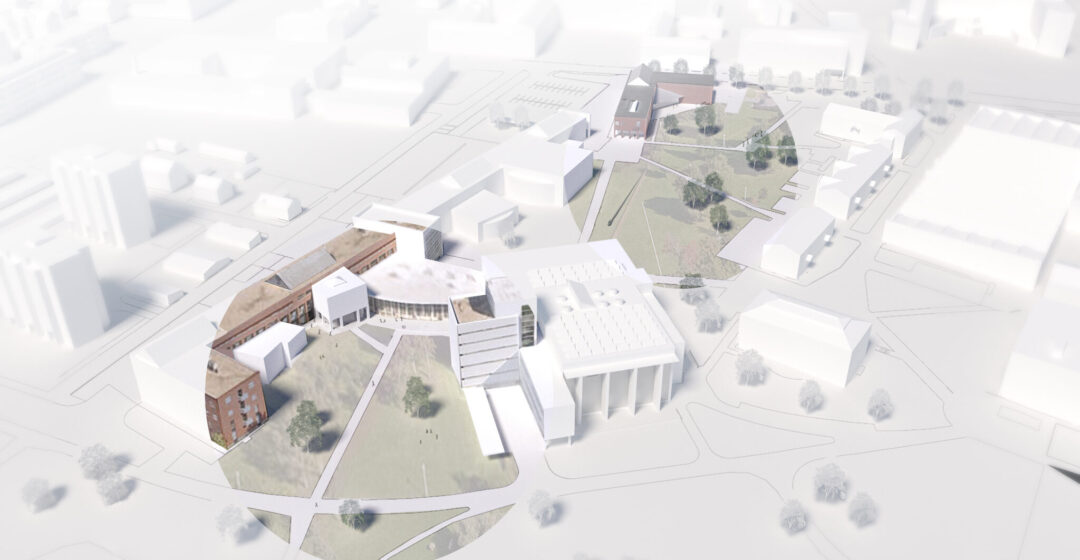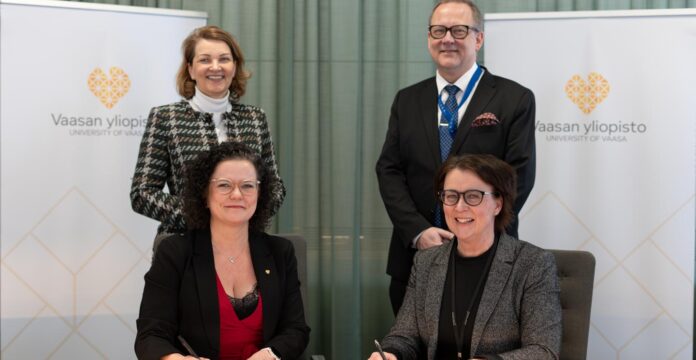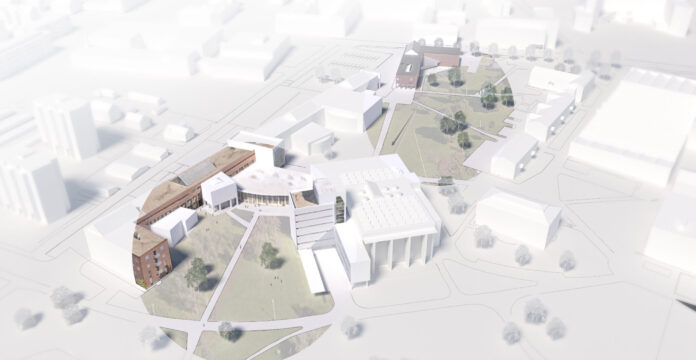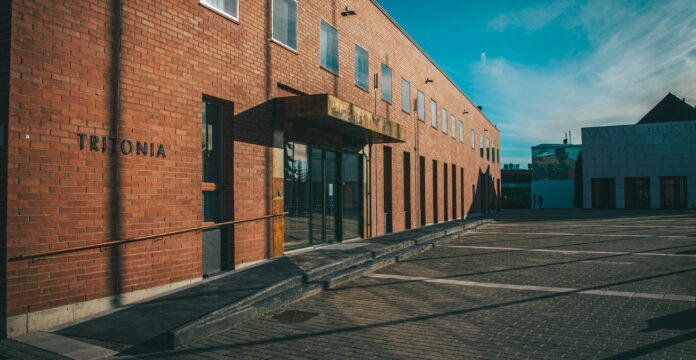The development project plan for the university campus has now been completed and discussed by the university board. In the next step, the plan will be refined considering the different user groups, after which construction work can begin in late autumn.
Our will is to develop a campus in such a way that it provides an even better working and study environment for all. To ensure this, we will take into account the views of our staff and students in the various phases of ongoing campus planning in the autumn. We will also set up a demo area where the university community can familiarize themselves with the planned solutions, says Jari Kuusisto, the Rector of the University of Vaasa.
The development project is implemented using an alliance model based on mutual agreement and close cooperation between the actors.
For us, a world-class campus means, above all, a campus that is larger in size and functionality, and which is an attractive place to study and work. It is reasonable to assume that change and development will continue to be difficult to predict in the future. The campus, therefore, needs to be adaptable to ever-changing needs. In addition to providing quiet and peaceful workspaces, for us, the campus is, above all, a place of encounter and community, and as such, its importance is growing in these times. This is a unique opportunity for us, says Harri Salmela, Director of Finance of the University.
The Science library will be in the Luotsi building, Tervahovi will become a house of studying
When the Fabriikki building is handed over, the functions will be relocated on campus. The Science Library in the Tritonia building will be relocated to the Luotsi building. The Tritonia building will house staff working facilities, and the study facilities in Tervahovi will be renovated. Functions will be placed in the buildings in a flexible way so that the cooperating parties are located as close to each other as possible.
The Luotsi-building will see the biggest change as it will be completely renovated. The Tritonia and Tervahovi buildings will also get a new look. For example, the restaurant Mathilda in Tervahovi will be expanded and renovated. Additional teaching space will be built in Tervahovi and the existing classrooms will be renovated. In the Tritonia building, the changes will focus on the staff working facilities and the café Oskar in the lobby, which is being improved. The goal is that the renewed campus will be ready by 2024.
There is strength in the community
One of the goals of campus development is to involve the users of the facilities in the planning. During the last year, the development work has seen participation from several working groups that have been open to any staff or students. The groups gathered extensive information on the needs, wishes, and opportunities of different facilities and user groups.
In addition to working group activities, various events were organized for students in the spring, through which they were able to influence campus development with a low threshold. The events included an information session, surveys conducted in various ways, and a workshop.
Information and feedback from staff and students are utilized extensively in campus plans. By working together, the campus becomes an attractive world-class meeting place that inspires all of its users.
In the alliance model, we plan together
The commissioner of the campus project is Vaasan Merikampus Oy, the property management company of the University of Vaasa. Other alliance parties include architectural firm K2S Oy, structural planning firm Ramboll Finland Oy, building services engineering firm Granlund Pohjanmaa Oy and construction firm Peab Oy, which will carry out the construction work.
In the alliance model, it is possible to plan different things more deeply than in a conventional project – and best of all – in close cooperation with end-users. In addition to the general objectives of the project, the designer needs to have detailed information about the needs of different user groups. In the workshops, different user groups get to present their views and challenge the designers’ starting points. In this way, it is also possible to implement modern and flexible technology solutions for the campus in terms of building technology, says Kari Rintamäki from Granlund Pohjanmaa Oy, who is the main designer of the building technology in the project.



